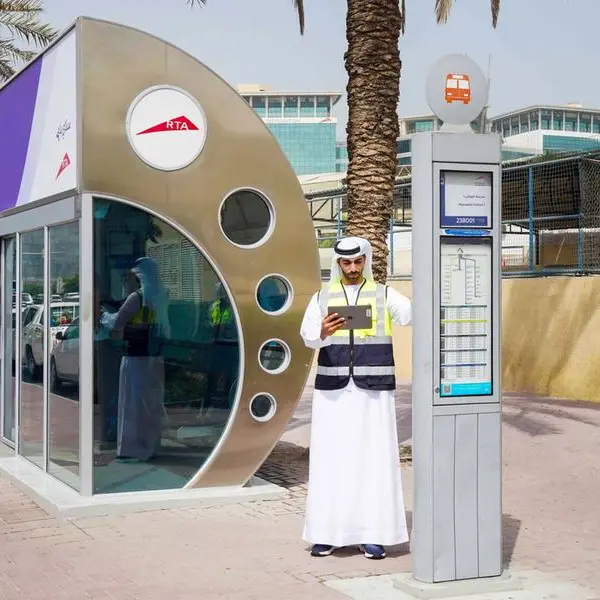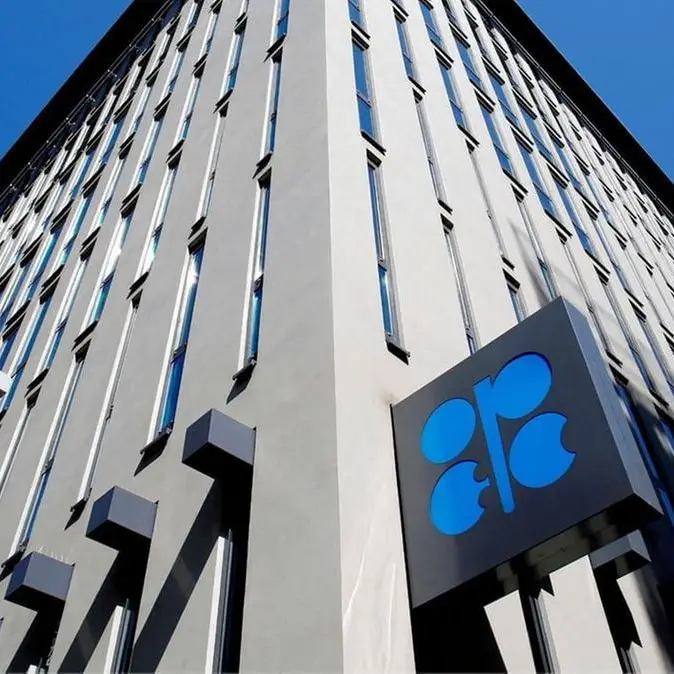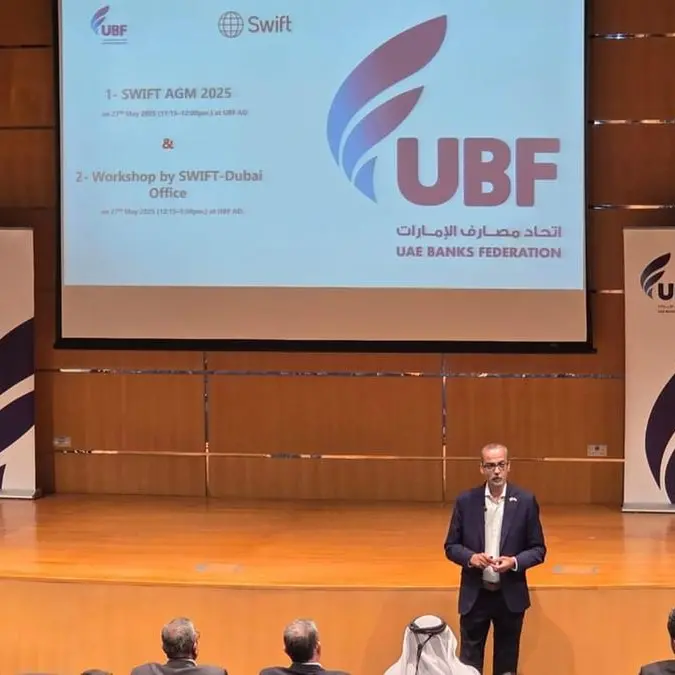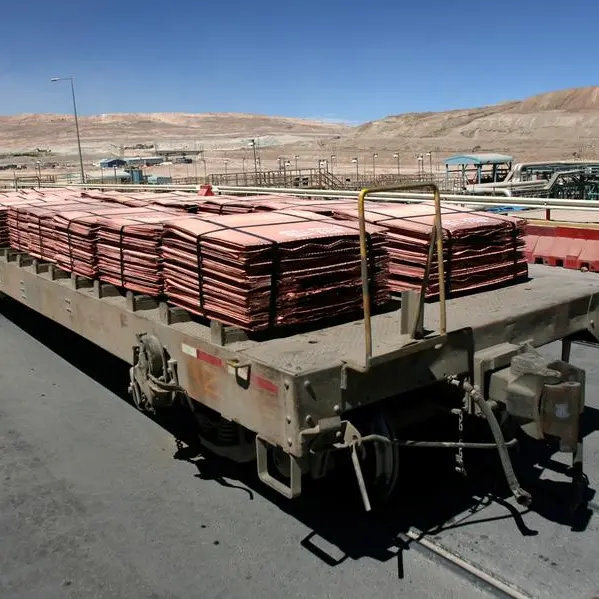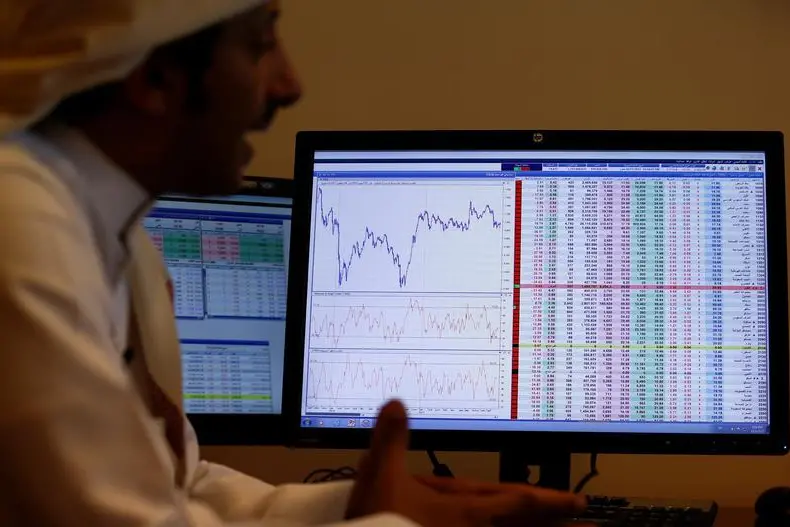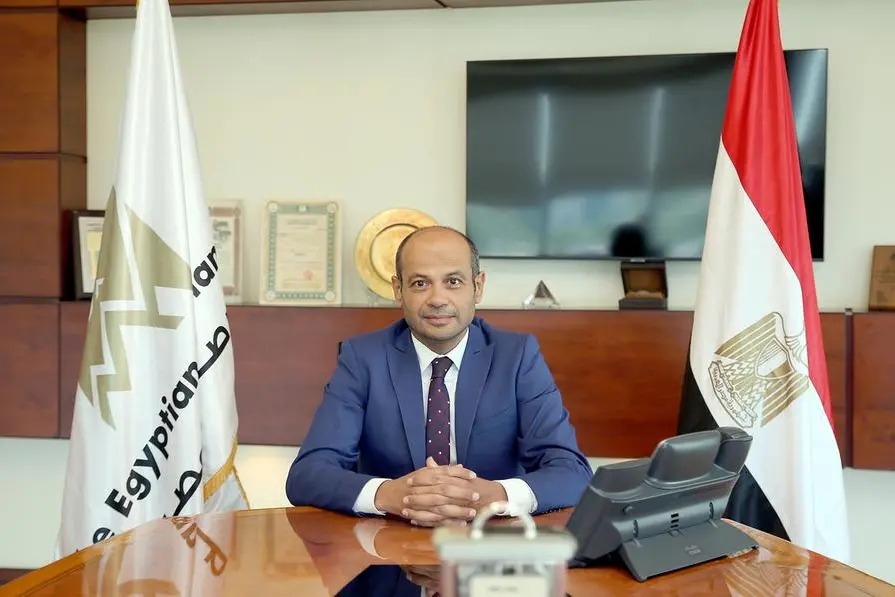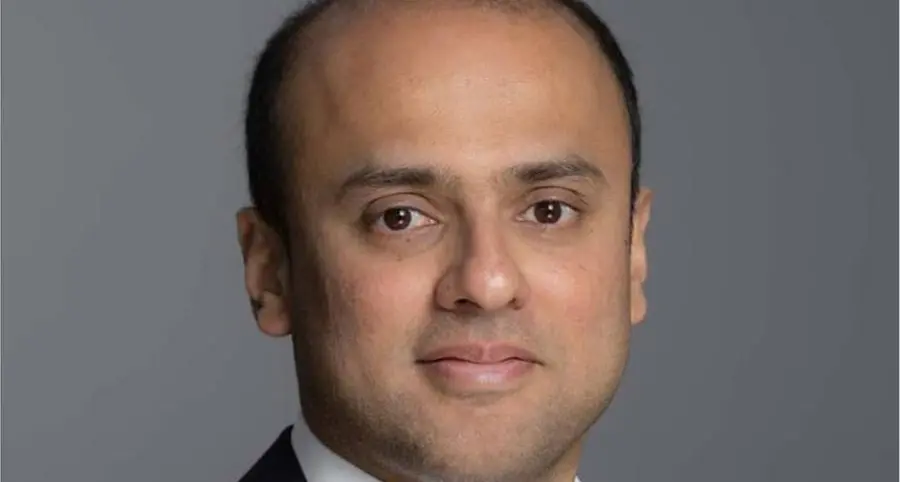The need to develop liquid capital markets has, for a long time, been recognized as a critical policy priority in the Gulf region, but so has the importance of redrawing the line between the public and private sectors.
Majority of Gulf countries grew because of oil and governments have used the proceeds from this natural bounty to support the development of other sectors of their economy. The heavy dependence on the state as a driver of economic activity has been repeatedly recognized by GCC governments as a challenge that will need to be addressed by various measures designed to boost the position of the private sector.
The solutions for redrawing the demarcation line between the public and private sectors are numerous and several important new solutions and policies have taken shape or are emerging in areas such as privatization and public-private partnerships.
But some of the key characteristics of the regional economy may well make the emerging bond and sukuk markets one of the most opportune ways of restructuring the regional economies and redefining the state's role in propelling the economy.
The most obvious of these opportunities stems from the fact that the GCC region is home to some of the largest repositories of private and public wealth anywhere in the world. Mobilizing these billions, indeed trillions, in savings to foster economic development in the region remains an underutilized opportunity.
Although the home bias of regional investors has grown over the past decade or so, as the GCC financial markets have developed, this has been an uneven process and it remains far from exhausted. One major obstacle in this regard is the reality that a limited range of asset classes and relatively shallow markets have created a structural problem with recurrent bubbles.
The regional markets are bubble-prone because they are not sizeable enough to properly absorb more than a very modest proportion of this capital wealth without significant price appreciation. This creates a systematic risk of sharp volatility as particular assets come into, and eventually fall out of, favor. This is one major reason why the relative underdevelopment of the GCC bond and sukuk markets truly matters.
Bond markets and fiscal growth
The international experience suggests that government issuance has a critical role to play in developing bond markets.
In Bahrain, the government pioneered the sovereign sukuk market, and it has continued to evolve - including regular short-term issuance, alongside longer term paper such as the seven-year, USD 750 million sukuk issued in late 2011. The kingdom also regularly issues conventional debt, including a USD 1.5 billion 10-year bond last year which was oversubscribed by 400%.
When used appropriately, debt capital markets can build a bridge between the region's exceptional financial wealth and the real needs of the economy. These needs, as is well known, are unprecedented in their magnitude.
The GCC economies are demographically dynamic, indeed exceptionally so, and amidst a structural transformation characterized by a physical and social infrastructure build-up and modernization.
At the same time, the need to diversify the regional economies through fostering development of the non-oil sector creates massive investment opportunities virtually across a wide economic spectrum.
Beyond direct government issuance, debt capital markets can be used to define these development projects and to transfer capital into them in ways that are transparent and tradable. An investor wishing - or having - to divest from a particular sector can sell the exposure to someone interested in building one up.
A particularly encouraging development in this regard is project bonds, which are beginning to be designed for revenue-generating infrastructure ventures.
Saudi Arabia offers some interesting precedents of government agencies using sukuk issuance as a way to raise capital; for instance airport projects that historically tended to be financed directly from the government budget.
This new paradigm not only relieves the burden on the government budget but also enables investors to become active participants in an important growth theme and benefit from the revenues generated by the projects. This indeed is one of the most compelling opportunities offered by the rise of the regional debt capital markets.
Given the fact the Gulf region offers some of the most compelling growth stories anywhere in the world for the foreseeable future, it is essential that local - as indeed international - investors be allowed to benefit from them. The traditional direct government funding and loan syndications offered few opportunities in this regard.
A boon for investors
The development of the regional debt capital market is also likely to be generally positive for economic efficiency. Capital market funding requires issuers to structure projects in a way that offers competitive returns for investors.
This is likely to reduce waste and boost timeliness. It will also increase transparency as at least public bond issues have to be accompanied by prospectuses that accurately describe the opportunities available.
More and more issuers will receive formal ratings, which will enable investors to better measure and understand the risks associated with them. In some economies, this can contribute to the necessary process of better understanding the remit of the central government and the potential financial obligations of the state toward various government-related entities.
The development of bond markets should further contribute to the necessary and desirable process of institutionalizing the local investor base. More quality investment opportunities in the region will encourage existing institutional investors - whether sovereign wealth funds, government social insurance funds, or others - to channel more of their capital into regional opportunities.
Such opportunities will increase disproportionately once the markets develop enough scale and maturity to engender reasonably liquid secondary markets. But thriving debt capital markets should also stimulate the emergence of new institutions.
Mutual funds are an obvious case in point as are insurers. However, there is also a rapidly mounting need in the region for more broad-based pension provision. Potential opportunities are particularly attractive in the case of voluntary and occupational pension schemes.
The end result of these trends is likely to be a stronger link between market fundamentals and investor behavior.
Jarmo T. Kotilaine is chief economist of the Bahrain Economic Development Board and has previously served as chief economist of the National Commercial Bank in Saudi Arabia. The opinions expressed in this article are entirely his own.
© Zawya 2013
